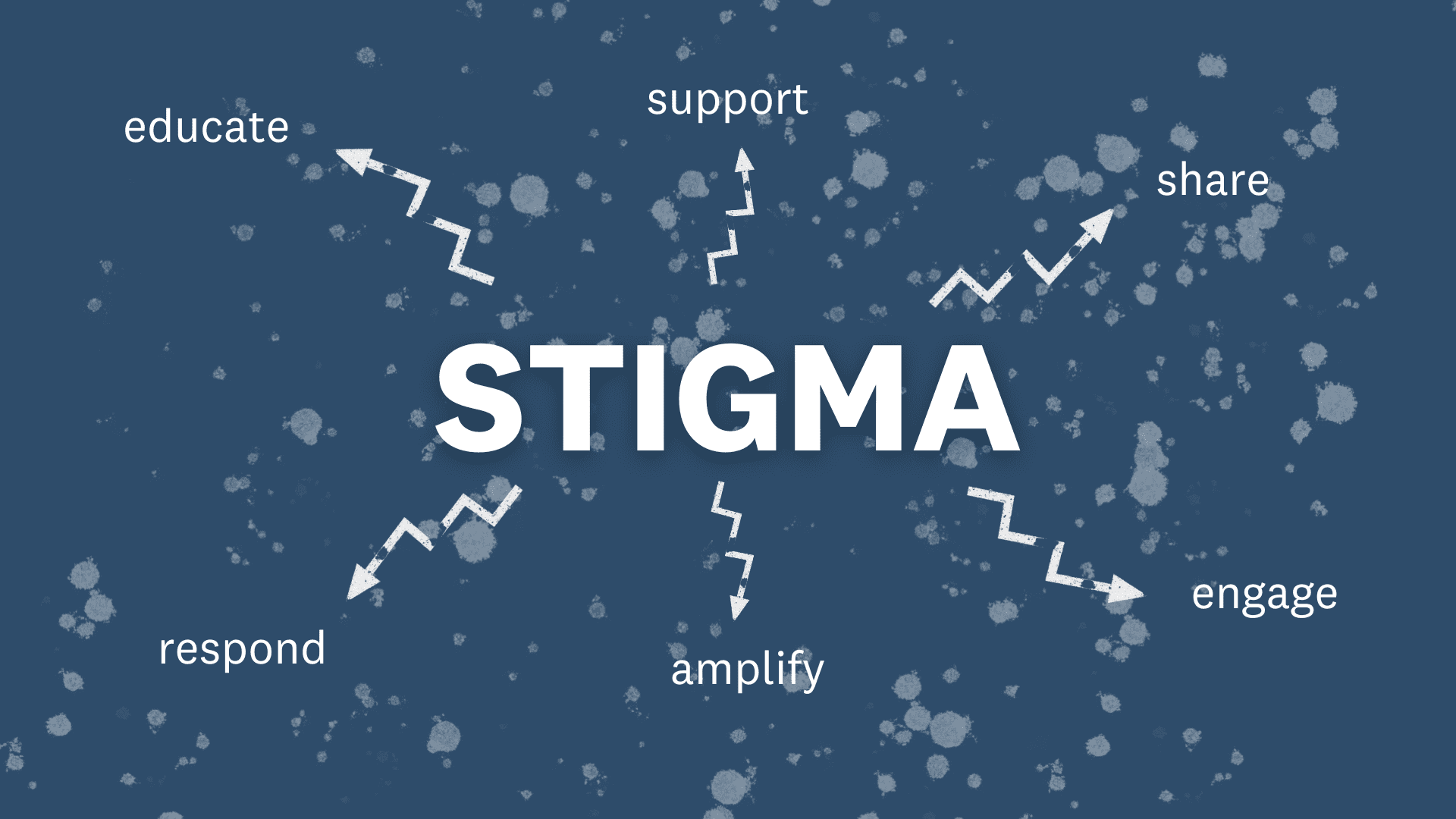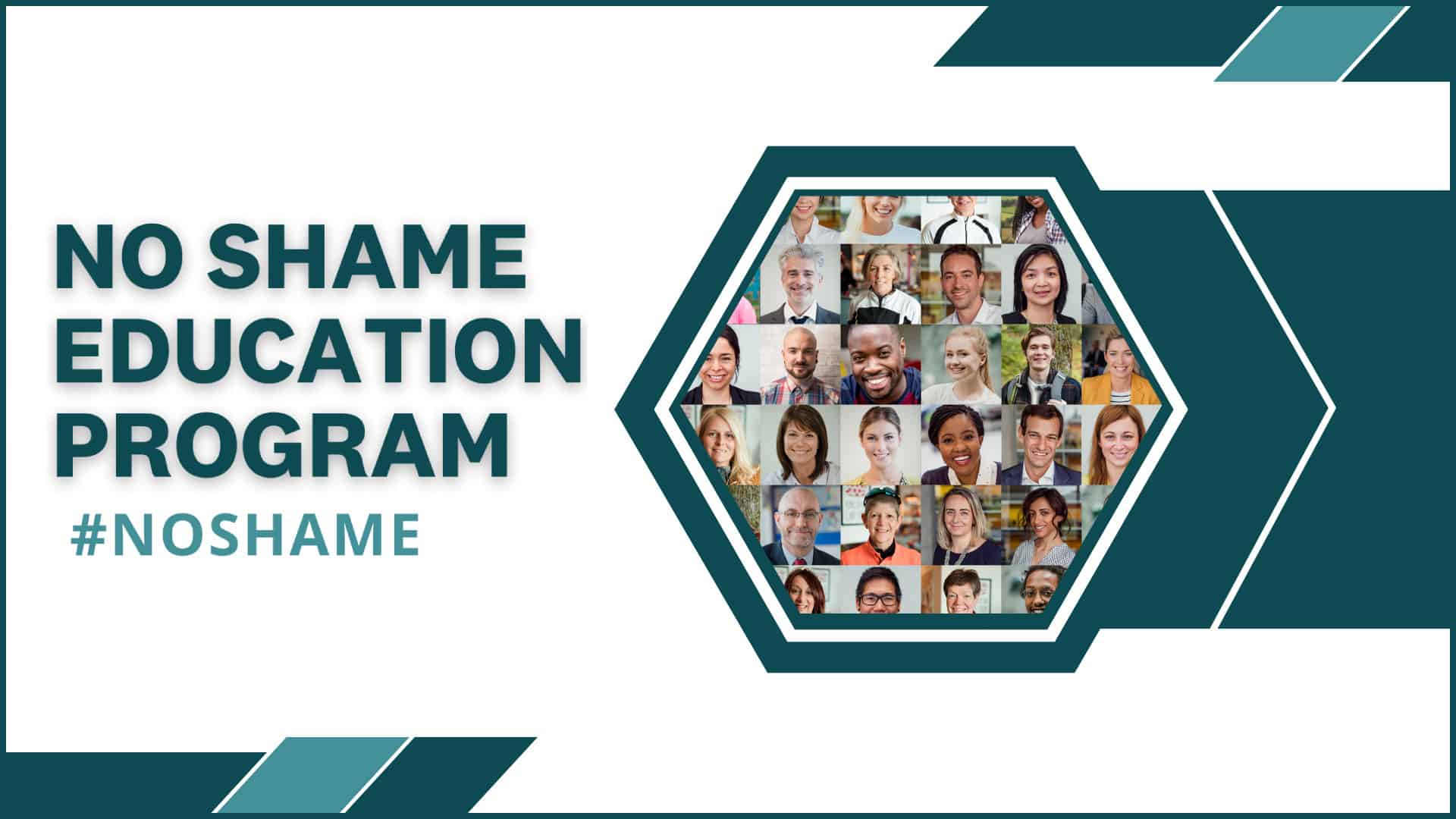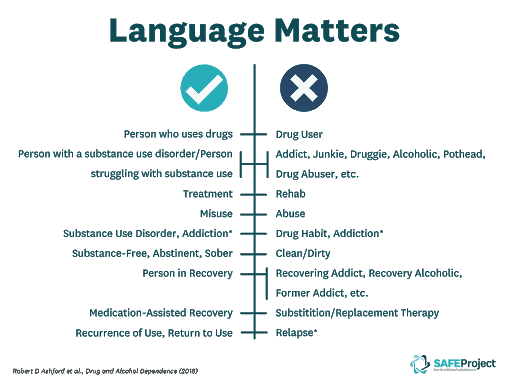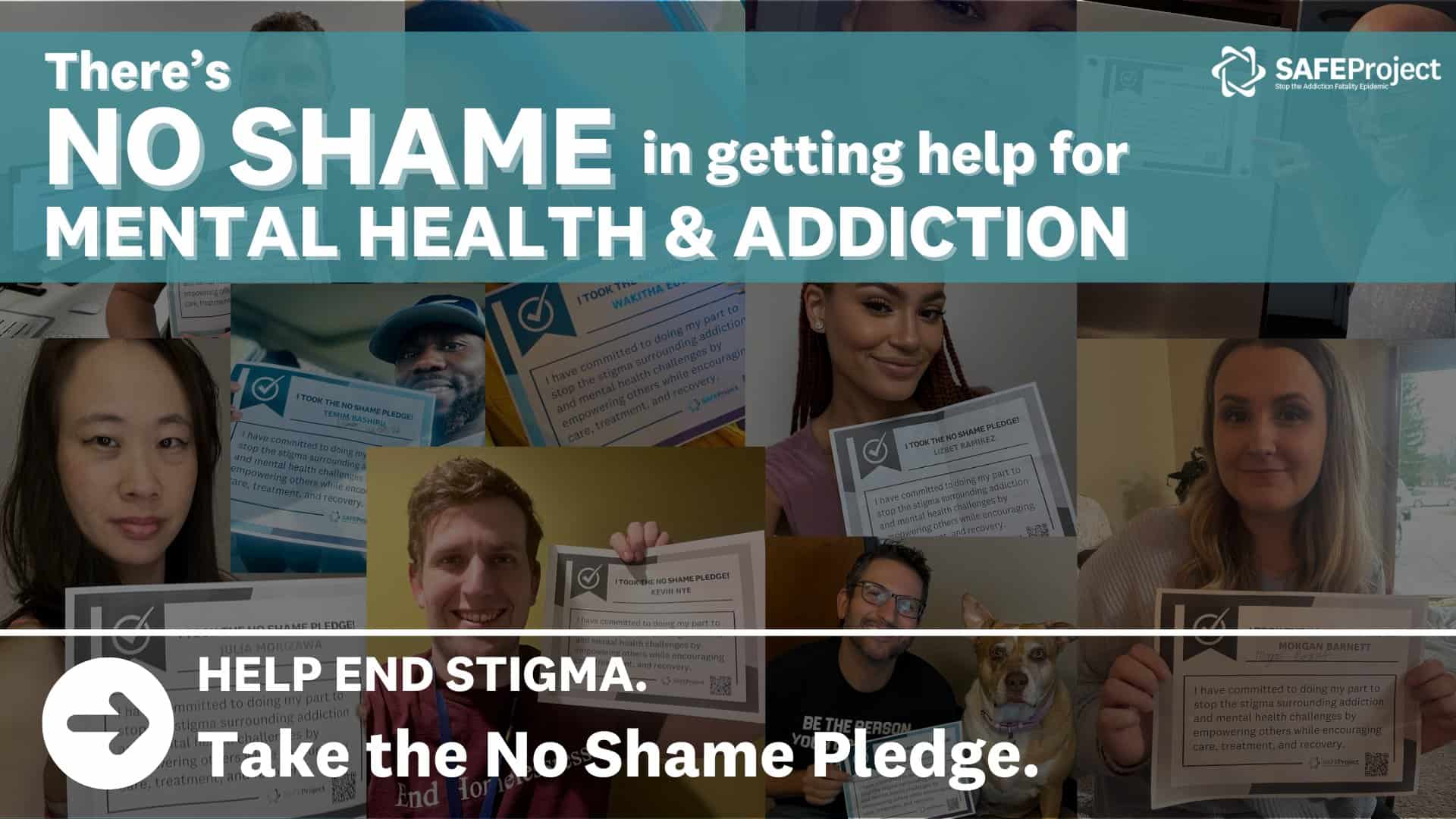We come across stigma every day – whether it’s directed towards race, ethnicity, gender, age, identity, weight, class, or anything else. In our everyday work, we see stigma in the mental health and substance use disorder fields, creating a barrier to treatment, support, and equity.
We work hard every day to stop stigma and create a welcoming and open space for all.
To stop stigma, we have to understand what it is.
Types of Stigma
Public or societal stigma is when stereotypes, prejudice, or discrimination are directed at a specific group by the larger population.
Self-stigma is when you internalize negative beliefs about your health challenges. Stigma profoundly changes how we feel about ourselves: whether feeling inadequate, ashamed, or having low self-esteem.

How to Spot Stigma Online
Spotting mental health and substance use disorder stigma online requires vigilance and a keen eye for certain signs:
Pay attention to derogatory language or stereotypes associated with mental health or addiction. Stigmatizing remarks often perpetuate negative assumptions or beliefs about individuals with these conditions.
Look out for comments that trivialize or dismiss their struggles, reinforcing the notion that they are weak or flawed. Additionally, notice if people engage in victim-blaming, attributing mental health or substance use disorders solely to personal shortcomings rather than recognizing the complex factors involved.
Keep an eye out for harmful jokes or memes that belittle or mock those with mental health or substance use issues.
Be aware of platforms or communities that actively discourage individuals from seeking help or sharing their experiences openly, fostering an environment of silence and shame. By staying attentive to these red flags, we can work towards combating stigma and promoting a more inclusive and empathetic online space.
How to Respond to Stigma Online
When faced with mental health and substance use disorder stigma online, it is essential to respond in a thoughtful and constructive manner.
Educate yourself about the realities of mental health and addiction, arming yourself with accurate information and dispelling misconceptions.
Respond with empathy, kindness, and understanding, striving to humanize the experiences of those affected.
Share personal stories or anecdotes if comfortable, emphasizing the importance of seeking help and promoting recovery.
Engage in respectful dialogue, challenging stigmatizing comments or beliefs with evidence-based facts and compassionate counterarguments.
Support and amplify the voices of individuals who have experienced stigma, encouraging them to share their stories and providing validation and solidarity.
By responding proactively and compassionately to mental health and substance use disorder stigma online, we can contribute to a more empathetic and inclusive virtual community.
Be A Mindful Scroller
Spotting common misconceptions of mental health and substance use disorder stigma online requires careful attention and critical thinking. Here are some key indicators to look out for:
Oversimplification: Watch out for statements that reduce mental health or addiction issues to simple causes or solutions. Misconceptions often present these complex conditions as easily controllable or solely the result of personal choices.
Blame and Judgment: Notice if there is a tendency to blame individuals for their mental health struggles or substance use disorders. Misconceptions may perpetuate the idea that these conditions are a result of weakness, lack of willpower, or moral failing.
Stereotyping and Generalizations: Pay attention to sweeping generalizations or stereotypes associated with mental health or addiction. Misconceptions may portray individuals with these conditions as dangerous, unpredictable, or unreliable, promoting fear and discrimination.
Denial of Validity: Be wary of dismissive attitudes that undermine the legitimacy of mental health or substance use disorders. Misconceptions might downplay the impact of these conditions or deny their existence altogether, discouraging people from seeking help and perpetuating stigma.
Alternative Explanations: Look for explanations that attribute mental health symptoms or substance use disorders to external factors, such as lack of discipline, laziness, or attention-seeking behavior. These misconceptions fail to recognize the complex interplay of biological, psychological, and environmental factors.
Promotion of Self-Diagnosis or DIY Treatments: Be cautious of sources or discussions that encourage self-diagnosis or promote unverified treatments without professional guidance. Misconceptions may oversimplify the complexity of mental health and substance use disorders, leading to potentially harmful actions.
By staying attentive to these misconceptions online, we can challenge them with accurate information, share personal experiences, and promote understanding and empathy for those affected by mental health and substance use disorders.
Become an Online Stigma Warrior
Join the No Shame Movement as an Advocate!
SAFE Project stands solid on the view that there is NO shame in asking for and receiving help for mental health challenges.
In 2020, SAFE launched the No Shame Pledge as a way to provide large-scale stigma reduction education and empower advocacy and action on the topic. You are invited to join the No Shame Movement:
- Download the No Shame Education Program
- Take the No Shame Pledge
- Join the advocacy efforts to eliminate stigma using our Social Media Toolkit
Don’t forget to share your photo online and encourage others to do the same!



